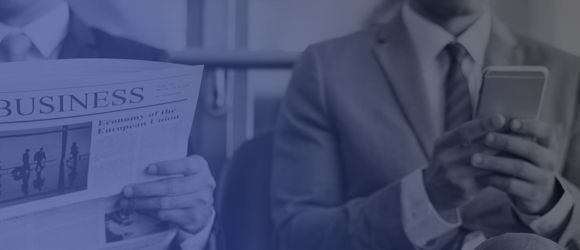 This article is part of an on-going series about technological and AI-related developments and advancements in claims processes and claims departments.View Series
This article is part of an on-going series about technological and AI-related developments and advancements in claims processes and claims departments.View Series
The use of artificial intelligence has been significantly booming over the last few years in the insurance world, but for the people at Lemonade, artificial intelligence has been a mainstay in automating claims and processes since its inception in 2015.
Sean Burgess is the chief claims officer of Lemonade, a role steeped in new technology and innovations.
The former chief claims officer of USAA, who has been working in the insurance industry for more than 30 years, spoke with Claims Journal about the use of AI at the New York-based company and how it is used in claims processing.
The conversation has been edited for brevity and clarity.

Claims Journal: What new technology are you integrating (or have you recently integrated) into your claims department/processes?
Burgess: Lemonade was built on artificial intelligence back in 2015 and so utilizing the new technologies that come out in this space is not something that’s unique to Lemonade. It’s actually what we do. It’s how we were founded. It’s how we operate every single day. And when you do plug that into the claims department what manifests itself to, is an environment where 55% of our claims are automated. Ninety-five percent of our claims come in through a digital (first notice of loss) FNOL, which has AI built into it. So right there, you can see the tools and techniques that we can use are vast, and we take a lot of time and effort to make sure that the next one that we implement is the right one.
CJ: Why are you implementing this technology? What problem is it solving or will it solve?
Burgess: What we believe and what we are doing is that we are using technology, using AI, to make that (claims) process as fast, as seamless, as empathetic, (and) as fast than anyone has ever seen in the industry. If you look at our pet product as an example, we handled well over 50% of those claims instantly for a customer with over a 75 NPS (net promoter scdore) score, which is unheard of in the claim space. We’re proving and executing the fact that you can adapt to the new age of insurance, which is technology and AI-based and Lemonade is certainly a leader in that.
CJ: How is it working (or how do you hope it works)?
Burgess: I would say to Lemonade, the AI is not new. But I’ll expand a little bit, because the big rage now everyone’s talking about generative AI for lemonade. When the next version comes on of whatever the next-gen AI wave is, we will be at the forefront of it. We’re one system, not 600 systems that don’t talk to each other. We’re handling north of 40% of all tickets that come in our CX (customer experience) space with AI. And if you watched our recent investor day, which I would encourage people to do, we actually gave a behind-the-scenes look of how that actually operates, and how we train, and how we monitor, and how we make sure that the generative AI technology is right. Being able to remove periods of uncertainty for our customers, and handle things as quickly as possible, and get their life back in order, is what we’re all about.
CJ: How do employees feel about it?
Burgess: I’ll start with our culture at Lemonade is much different than a legacy carrier culture. We talk often about who we hire, and we hire people that are curious, are adaptable, and understand technology because things change here rapidly. One day in the claims space, you may be a frontline claims adjuster, but in the future, you could be an artificial intelligence trainer, or an artificial intelligence supervisor because the bots and the technology that we work with are all around us. So, it changes the dynamic that allows us to adapt to the technology much better, much faster than other companies because our culture is AI, it’s not something that’s scary to us.
CJ: How will you measure the success of this technology? (What are the metrics?)
Burgess: We have an array of metrics that we use to monitor the success of our technology. When you look at the claim space, you can look at everything from accuracy to service to employee experience and certainly paying what you owe. I’ll give you a real example, which I mentioned earlier, but a little more in-depth on the pet side is [that] we’ve grown our pet book of business by over 50% in the last two years and at the same time, we’ve been able to reduce our cost per claim from $65 in 2020 to $19. So, being able to handle that efficiently, and at the same time [have] over 75 NPS, as I mentioned, and [also] internally, our engagement scores are through the roof with our employees. Just a proof point that we can execute this with a full array of metrics that are very evident.
Colonno Selestino is an intern for Claims Journal. He’s a senior at Cal State University Long Beach and expects to graduate with a B.A. in journalism in 2025. He also works at the Long Beach Current, CSULB’s student newspaper.
Was this article valuable?
Here are more articles you may enjoy.


 Instacart to Pay $60 Million in FTC Consumer Protection Case
Instacart to Pay $60 Million in FTC Consumer Protection Case  Pacific Northwest Braces for Even More Flooding Rain This Week
Pacific Northwest Braces for Even More Flooding Rain This Week  Trump Sues BBC for $10 Billion Over Documentary Edit
Trump Sues BBC for $10 Billion Over Documentary Edit  California Again Delays Wildfire Protection Rules for Homes
California Again Delays Wildfire Protection Rules for Homes 